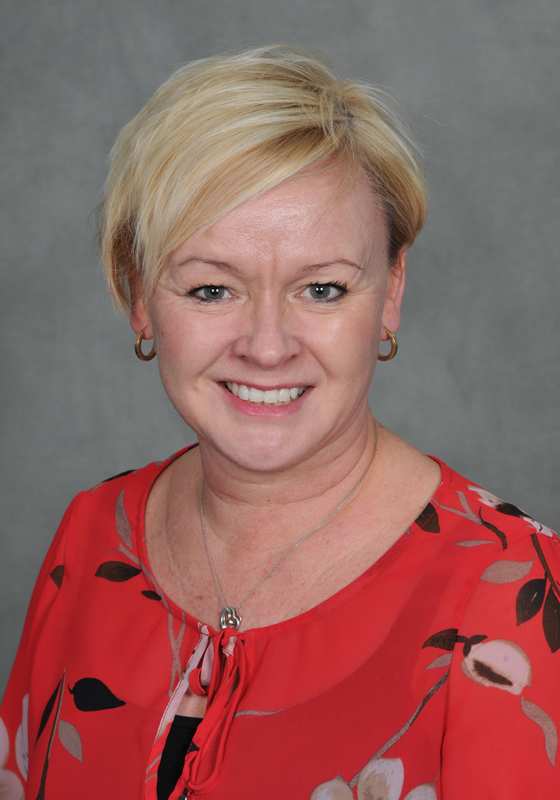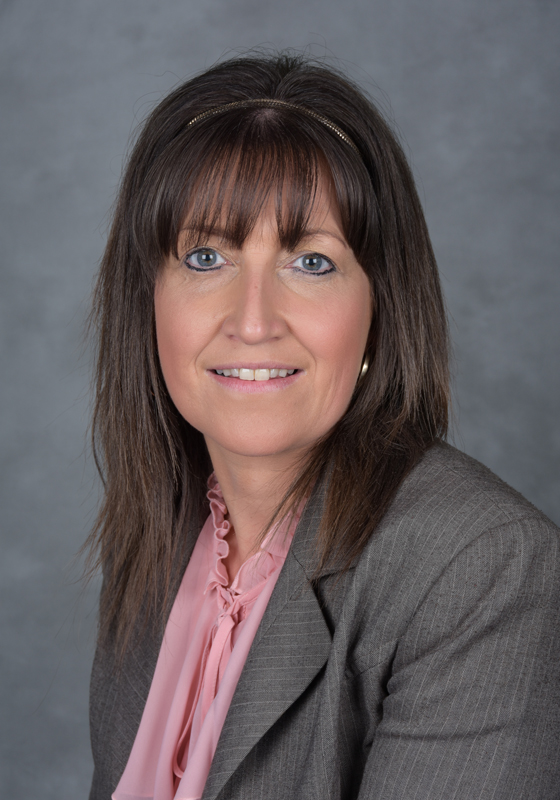Safeguarding – Meet the Team

Mr Saunders
Headteacher / Designated Safeguarding Lead

Mrs Riches
Deputy Headteacher / Safeguarding Team

Mrs Tyerman
Assistant Headteacher / Safeguarding Team

Mrs Ford
Inclusion Manager / Deputy Safeguarding Lead

Mrs Bancroft
Early Years Lead / Safeguarding Team

Miss Rose
Office Manager / Safeguarding Team
All the staff at St Joseph’s Primary School are committed to safeguarding and promoting the welfare of all our children. Our Child Protection and Safeguarding policies are reviewed on an annual basis with safeguarding training provided for all staff each September in order to offer a consistent and high quality approach to the wellbeing of the children.
We encourage our children and their parents to express their views, feelings and concerns in an open and honest manner. Time is given to any parent/guardian who wishes to share a concern or seek advice.
Sometimes it may be necessary to share information and work in partnership with other professional agencies when there are concerns regarding a child’s welfare. We will always ensure that any concerns we have will be discussed with the child’s parent/guardian first unless we have reason to believe the child’s safety may be compromised.
If you are concerned about a child’s welfare please record you concern and any observations and report the matter to a member of the Safeguarding team as above, at your earliest opportunity.
Process for reporting safeguarding concerns
Key to effective safeguarding in school is the understanding that ALL staff are responsible for the safeguarding of each member of the school community. Named people have specific roles: Mr Saunders, the Designated Safeguarding lead (DSL) and Mrs Carol Ford, the Deputy DSL and Inclusion Manager, have had recent lead training. Additionally, Mrs Riches (DHT), Mrs Tyerman (AHT), Mrs Bancroft (EY lead) and Miss Rose (Office Manager) are all Safeguarding team members.
Vigilance is essential in maintaining good systems which support children and adults. If a staff member or visitor is uncomfortable about a situation or conversation then they must speak with myself or a Safeguarding team member. It may seem trivial but every conversation is important. We can then decide on the next steps.
Please remember:
- Do not lead the child in their disclosure.
- Do not put words in their mouths.
- Do not investigate or seek to prove or disprove possible abuse
- Do not assume that someone else knows or will act
- Do not attempt to resolve the matter yourself
- Do not confront the suspected abuser
- Discuss your concerns with the DSL or safeguarding team member as soon as possible (within 24 hours)
- Make a record on CPOMS
- Read and be familiar with the safeguarding policy
- Undertake relevant safeguarding training
Remember, it is everyone’s duty to safeguard all individuals at St Joseph’s.
Stranger Danger!
1) WHO’S WHO?
A stranger is anyone that your child doesn’t know or know very well. It’s both common and dangerous for your child to think that ‘strangers’ look scary or sinister, like villains in films or cartoons. In a recent survey the majority of children aged between 5-8 thought this. Play a game with your child and ask them to draw a stranger, it will help you reinforce that a stranger can look like anyone. Tell your child that they won’t be able to tell if a stranger is nice or not, so all strangers should be treated in the same way.
2) DON’T GO - SAY NO!
If your child is approached by a stranger, encourage them to raise the alarm by saying ‘NO’ to draw attention. They should not be scared to do this and be told that it is the right thing to do. For children aged between 3-4, be careful not to scare them too much but start with “there are bad people so it’s very important you never…” All children should ask for help from other adults. Teach them to look out for people in uniforms such as police officers, or teachers and traffic wardens if they’re at the school gates. Teach your child this basic slogan, ‘DON’T GO, SAY NO’.
3) PLAN AHEAD
As obvious as it seems, please stress to your child that they should NEVER talk to a stranger, NEVER accept gifts or sweets, and NEVER walk off or get into a car with one. This is important if your child is between 5-8 as they are at their most vulnerable. This situation might arise if you are late collecting them from school for example, so agree a plan with your child that they know you will stick to if you are late. For example, teach them that you would only ever send a teacher from their school or a friend’s parent, that they recognise to collect them if you aren’t able to Give your child your home, work and mobile numbers so they can reach you at all times, especially if they’ve aged around 9-11, as they will be spending more time on their own.
4) TIME TO TEACH
Tell your child that even if they are not sure if someone is a stranger they should always behave in the same way and not take risks. Teach them stock phrases to help give them confidence. For example: a child offered money or sweets should respond, ‘No thank you. Please leave me alone’ It’s important children don’t think that talking to a stranger is ok if they’re with a friend. Teach them they should only talk to someone they don’t know if you are there by their side.
5) PRACTICE MAKES.
One way you can prepare your child is by practising scenarios. Try planning a game called, ‘What if?’ Discussing and thinking about what to do is often more helpful than having the ‘right’ answers. Ask them what to do if a stranger approaches them to help reinforce the advice ‘DON’T GO, SAY NO’
By practising these strategies in a fun way, your child will be as equipped as possible should difficult situations arise. It’s important to have this conversation regularly, especially with young children so make time every 3 – 4 months. Remember ‘DON’T GO, SAY NO’
Safeguarding Policies
